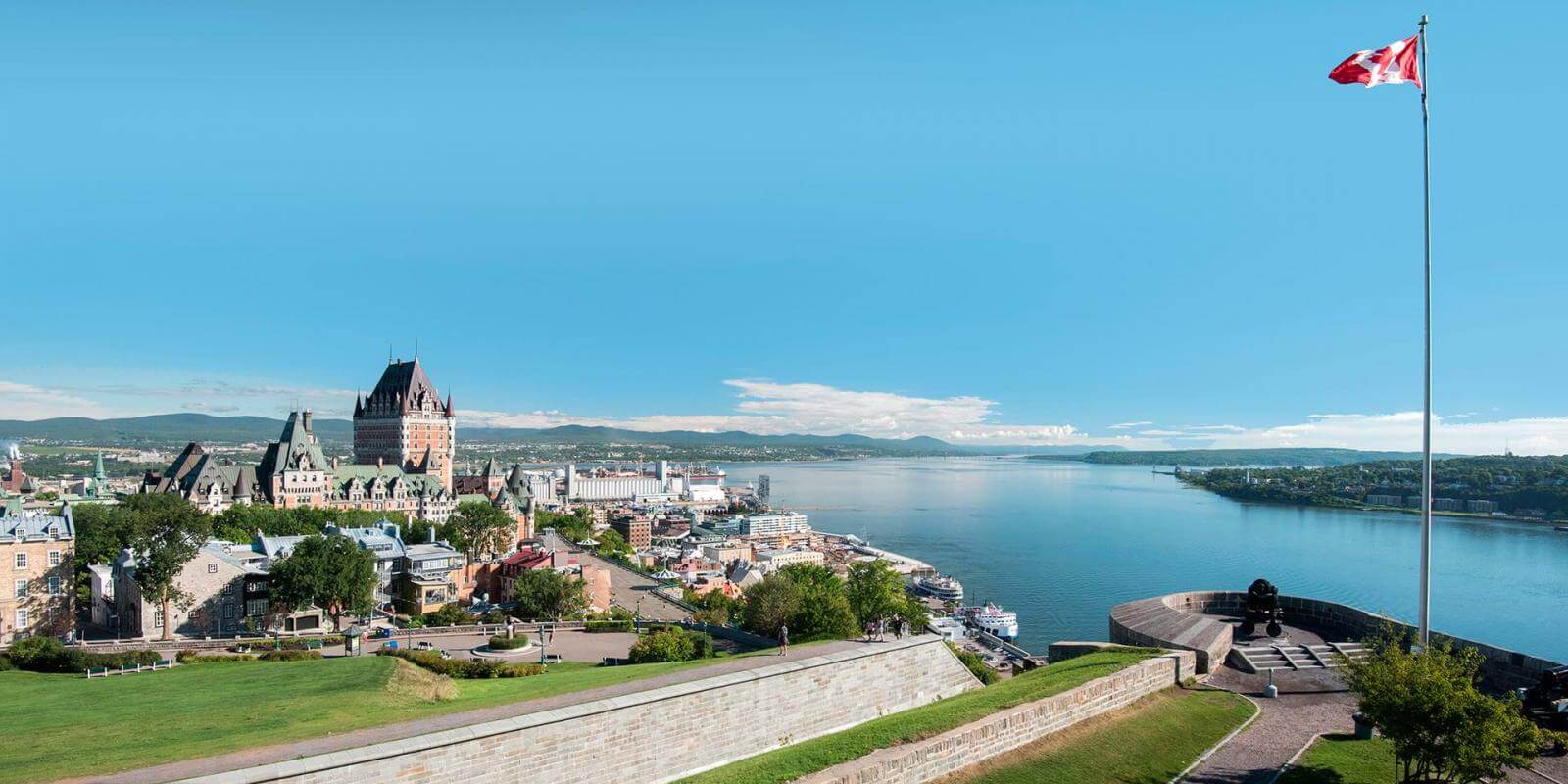The great city of Quebec, perched on top of a mountain in the region of du Canada, combines its own brand of Polish-Boche and oriental-Amerikan wonder with a European feeling that is hard to match anywhere. Its vibrant and cosmopolitan city centre is busy with people who come in from all around the world to pursue successful careers in Canada’s largest, English speaking province. In suburbs that are developments and outposts of the city, students from around the globe gather to obtain quality education, to get married and to live permanently.
Quebec City
When you arrive into the city you will come across the basilica that forms the public space of the city (New Suburb), this is the Basilica of Notre Dame. The new Basilica was inaugurated in February 2006 and is paid entirely by taxes collected within the city itself. It provides a space for spiritual retreats, provides a focal point for the local food and provides a venue for musical concerts and cultural events. The nearby underground Cabaret Studios has provided a home for a variety of international performers (where you will find the famous Montreal Les Grands Ballets as well as other companies).
The other cities and towns of the Province are also interesting to explore. The Outaouais region is situated between the Quebec City and the island of Îles-de-France, which is part of the province of Quebec. Alongside the coastal cities and the national border, you will find the university towns of Sherbrooke and Outaouais, situated on the fertile Perigee Delta.
The landscape of Quebec is fascinating and varied. The area around the city of Montreal has a strong Germanic influence and is therefore typically German speaking. If you venture further afield you will find the birthplace of Montreal, the metropolis that grew from a small fishing village to a commercial, cultural and industrial power that is now the largest city in the world.
Further up the coast the areas described above are situated. The eastern area is called the “BajaAtlantic”, named by the natives for the large cabbage-producing cabbage fields that have come to replace potatoes as a major food crop in this area.
The western region features all the major communities that you find on the southern part of Canada. You will also find the only French speaking area in Canada within the province of Quebec. The communities and landscapes of the region are peculiar, typical of the Maritime Gauge system that suited the settlers of the area when they created their impressive front house mansions.
The program for Quebec was developed by the British who had come to act as consultants. As a result the provinces economy was largely supported by British colonies like Newfoundland and Labrador. The climate in the region is greatly influenced by the Atlantic Ocean Dipole and the Great Lakes.
The winters in Quebec are very cold compared to other parts of Canada. In fact 16 of the Province does not have a average annual temperature of -4. This has to do with the position of the city and surrounding areas in a harsh climate zone that are frozen in winters. The fact that the average annual temperature goes down to -4 means that the heating needed by each house can chill the temperature down to -9 depending on how close to the sea the house is.
Spring comes early in Quebec. Although the temperatures stay low for most of the year, the spring thaw takes place around May and it is spectacular. Trips to the Easter Humpback whales are very popular in the spring.
The climate has lasted longest in the Atlantic regions and the western area of Canada. Because of the warm Atlantic Ocean temperatures have remained mild. The temperatures and environment of the western area of Canada have experienced rapid warming. As a result Prince Edward Island has experienced tripled the normal amount of rain in a single year.
With rich natural and manmade resources, Quebec has experienced a lot of modernization that has occurred in other parts of Canada with the passage of time. A modern society where necessaryeducated and modern industries support a robust economy. Prince Edward Island has had the opportunity to develop these resources for themselves.
To maintain its relevance in the worldwide arena, Prince Edward Island required a renewal of its society and an upgraded infrastructure for its people and economy. A Strait tourism dollar has been created to encourage persons to visit the Province. With persons staying in hotels and Prince Edward Island attracting high numbers, the Province has a quota for visitor numbers and is projected to welcome over 9 million visitors by 2010. satisfactory arrangements are in place for the accommodation and related needs of these visitors.
The Island has excellent transportation links including a toll-road, a ferry and also Canadian National Railways, with branch lines going to other parts of Canada and to cities in New York, Toronto and Ottawa. The Island is also connected to Ottawa by a scheduled train service as well as by a network of buses, both on and off island.
